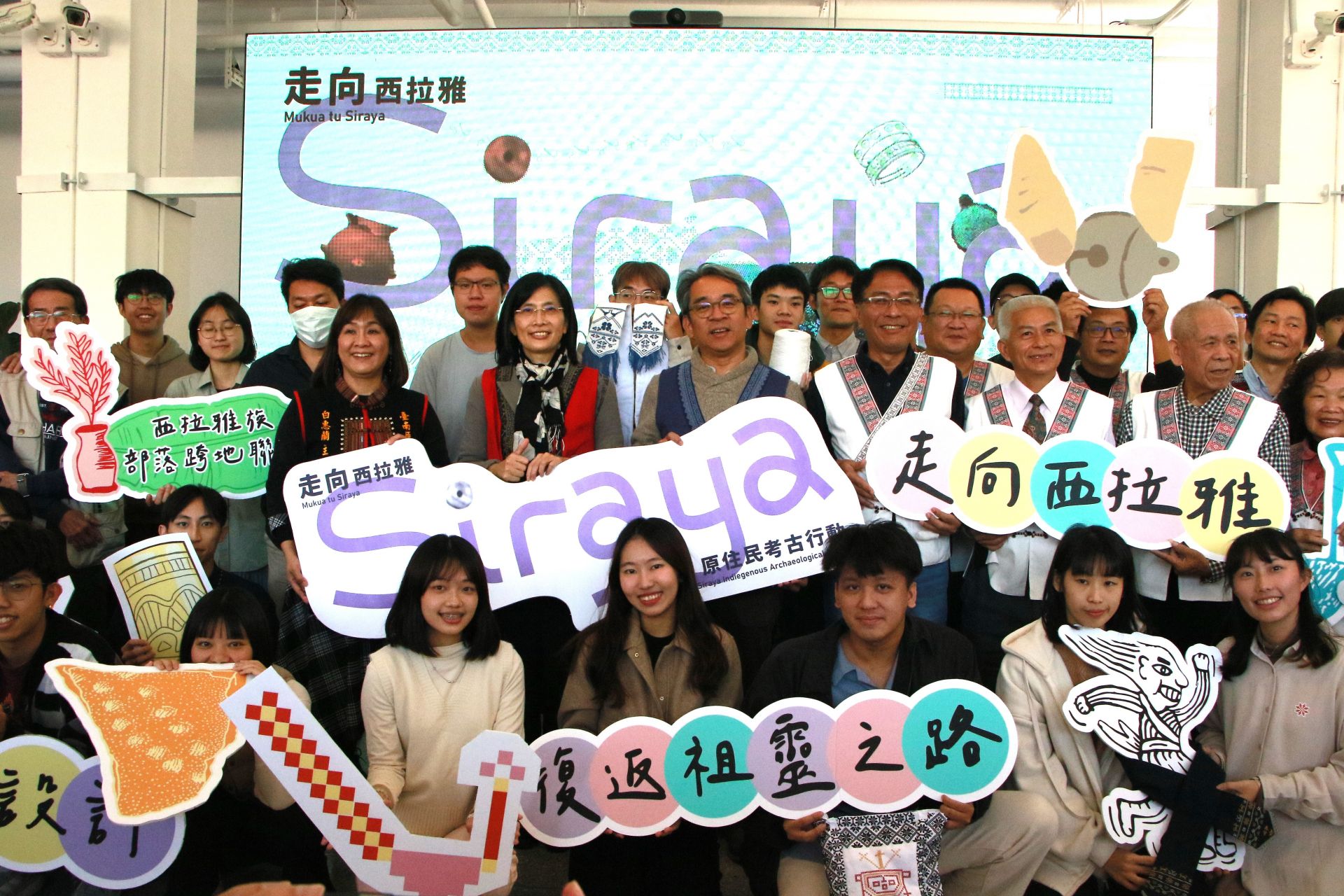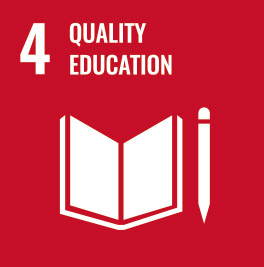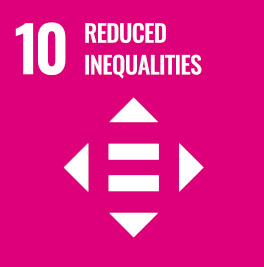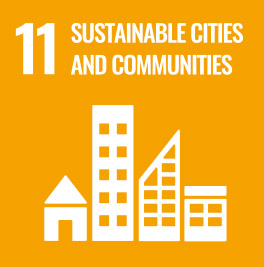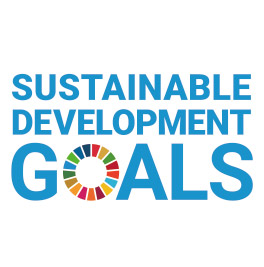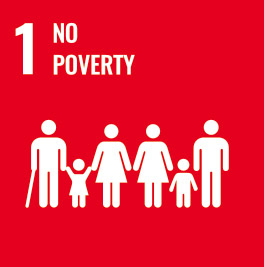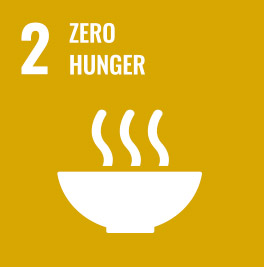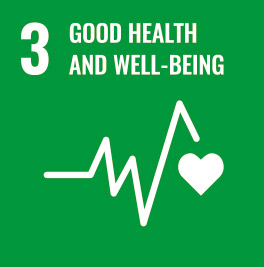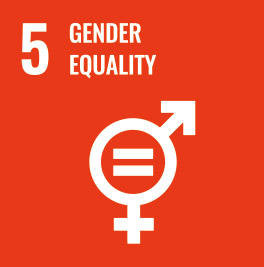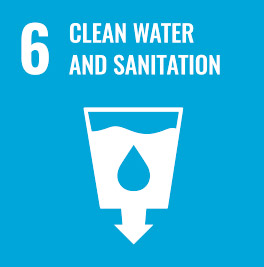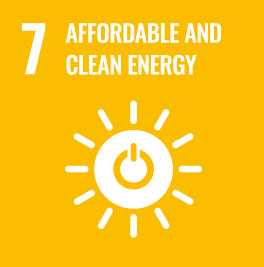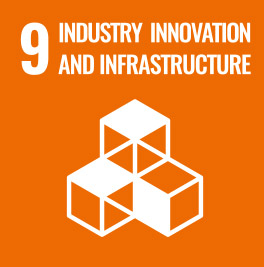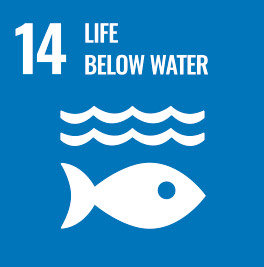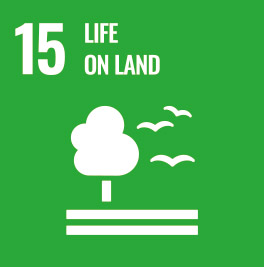National Cheng Kung University (NCKU) and the Tainan City Government's Cultural Affairs Bureau have collaborated to promote the "Toward Siraya" Indigenous Archaeology and Empowerment Initiative. Supported by NCKU's "Taiwan Studies" Siraya Indigenous Archaeology Practice Project, the Institute of Archaeology and the Department of Industrial Design jointly offered an interdisciplinary "Archaeology and Design" course. On January 4, a presentation titled "Siraya Traditional Material Culture Heritage Reproduction Design" was held at NCKU's Future Venue. The exhibition featured students' reproductions and innovative works in ceramics, metalwork, textiles, and glass, created with the consultation and approval of the Siraya Tribal Alliance Council. This event also expressed support for the revitalization of Siraya culture.
The event was attended by NCKU Vice President Yuh-Neu Chen, Tainan City Cultural Affairs Bureau Director Hsieh Shih-Yuan, Siraya Tribal Alliance Convener Duan Hongkun, faculty and students from NCKU's Institute of Archaeology and Department of Industrial Design, and Siraya tribe members. The atmosphere was lively, and students presented a reproduced Siraya glass bead necklace and an innovative glass bead bracelet to Convener Duan Hongkun.
In his speech, Vice President Yuh-Neu Chen emphasized that through careful analysis and research of unearthed artifacts, the behaviors and habits of people in the past become clearer. Students recreated Siraya traditional material culture heritage from archaeological findings, incorporating elements for innovation. He praised this approach to cultural restoration and encouraged continued efforts to showcase this work both in Taiwan and internationally.
Director Hsieh Shih-Yuan pointed out that the reproduction design of Siraya traditional material culture makes abstract concepts easier to understand through tangible objects. For example, reproducing copper bells, traditionally worn on clothing, helps visualize indigenous people running through the mountains. Innovative works blend indigenous culture with contemporary life, fostering a connection between indigenous culture and the broader community.
The "Archaeology and Design" course was co-taught by Associate Professor Kuo-Feng Chung from the Institute of Archaeology and Associate Professor Hsi-Jen Chen from the Department of Industrial Design. Professor Chung highlighted that the course bridges academic research with social practice. Professor Chen expressed that while design often seemed to lack social contribution, this project demonstrates how reproduction design can impact people and objects, achieving social practice.
The works exhibited at the presentation were based on cultural heritage items such as bronze bells, glass beads, fishbone beads, shell-patterned pottery, and pottery rings unearthed from Siraya ancestral sites. Students incorporated traditional ancestral beliefs and cross-stitch techniques into their designs. The reproductions primarily aimed to practice Siraya traditional material culture, emphasizing group identity and cultural continuity. Innovative works integrated traditional artifacts with contemporary craft techniques and design, responding to the contemporary cultural innovations of the Siraya people.
For example, in the metalwork design group, the reproduction was based on archaeological bronze bells, recreating the bells once adorning Siraya clothing. The innovative piece, a ceremonial knife, replaced the traditional antler handle with a copper one, engraving patterns from archaeological finds onto the copper handle. In the glass group, the reproduction showcased traditional, elegant, multicolored Siraya glass bead necklaces, while the innovative piece shaped glass into the form of the plant seed "Job's tears" with bold colors, creating a glass bead bracelet.
The interdisciplinary "Archaeology and Design" course, held by the Institute of Archaeology and the Department of Industrial Design, established principles and consensus for consultation and cooperation with the Siraya people. The course aimed to recover Siraya traditional material culture through archaeological heritage, creating reproduction designs in collaboration with the Siraya people, and attempting to establish material cultural symbols of Siraya identity. The presentation showcased and shared the results of nearly two years of Siraya indigenous archaeological action combined with cultural heritage reproduction design.
During the course, students conducted cultural fieldwork in Siraya villages such as the Southern Taiwan Science Park Archaeological Museum, the Niao-sung site in Yongkang, and Ka-Bua Sua in Dongshan. The reproduction and innovative works were repeatedly discussed with tribe members to ensure they embodied rich Siraya culture and social significance. Through this process, many students realized that their designs were not just personal projects but also served as carriers of Siraya culture.
The event was attended by NCKU Vice President Yuh-Neu Chen, Tainan City Cultural Affairs Bureau Director Hsieh Shih-Yuan, Siraya Tribal Alliance Convener Duan Hongkun, faculty and students from NCKU's Institute of Archaeology and Department of Industrial Design, and Siraya tribe members. The atmosphere was lively, and students presented a reproduced Siraya glass bead necklace and an innovative glass bead bracelet to Convener Duan Hongkun.
In his speech, Vice President Yuh-Neu Chen emphasized that through careful analysis and research of unearthed artifacts, the behaviors and habits of people in the past become clearer. Students recreated Siraya traditional material culture heritage from archaeological findings, incorporating elements for innovation. He praised this approach to cultural restoration and encouraged continued efforts to showcase this work both in Taiwan and internationally.
Director Hsieh Shih-Yuan pointed out that the reproduction design of Siraya traditional material culture makes abstract concepts easier to understand through tangible objects. For example, reproducing copper bells, traditionally worn on clothing, helps visualize indigenous people running through the mountains. Innovative works blend indigenous culture with contemporary life, fostering a connection between indigenous culture and the broader community.
The "Archaeology and Design" course was co-taught by Associate Professor Kuo-Feng Chung from the Institute of Archaeology and Associate Professor Hsi-Jen Chen from the Department of Industrial Design. Professor Chung highlighted that the course bridges academic research with social practice. Professor Chen expressed that while design often seemed to lack social contribution, this project demonstrates how reproduction design can impact people and objects, achieving social practice.
The works exhibited at the presentation were based on cultural heritage items such as bronze bells, glass beads, fishbone beads, shell-patterned pottery, and pottery rings unearthed from Siraya ancestral sites. Students incorporated traditional ancestral beliefs and cross-stitch techniques into their designs. The reproductions primarily aimed to practice Siraya traditional material culture, emphasizing group identity and cultural continuity. Innovative works integrated traditional artifacts with contemporary craft techniques and design, responding to the contemporary cultural innovations of the Siraya people.
For example, in the metalwork design group, the reproduction was based on archaeological bronze bells, recreating the bells once adorning Siraya clothing. The innovative piece, a ceremonial knife, replaced the traditional antler handle with a copper one, engraving patterns from archaeological finds onto the copper handle. In the glass group, the reproduction showcased traditional, elegant, multicolored Siraya glass bead necklaces, while the innovative piece shaped glass into the form of the plant seed "Job's tears" with bold colors, creating a glass bead bracelet.
The interdisciplinary "Archaeology and Design" course, held by the Institute of Archaeology and the Department of Industrial Design, established principles and consensus for consultation and cooperation with the Siraya people. The course aimed to recover Siraya traditional material culture through archaeological heritage, creating reproduction designs in collaboration with the Siraya people, and attempting to establish material cultural symbols of Siraya identity. The presentation showcased and shared the results of nearly two years of Siraya indigenous archaeological action combined with cultural heritage reproduction design.
During the course, students conducted cultural fieldwork in Siraya villages such as the Southern Taiwan Science Park Archaeological Museum, the Niao-sung site in Yongkang, and Ka-Bua Sua in Dongshan. The reproduction and innovative works were repeatedly discussed with tribe members to ensure they embodied rich Siraya culture and social significance. Through this process, many students realized that their designs were not just personal projects but also served as carriers of Siraya culture.
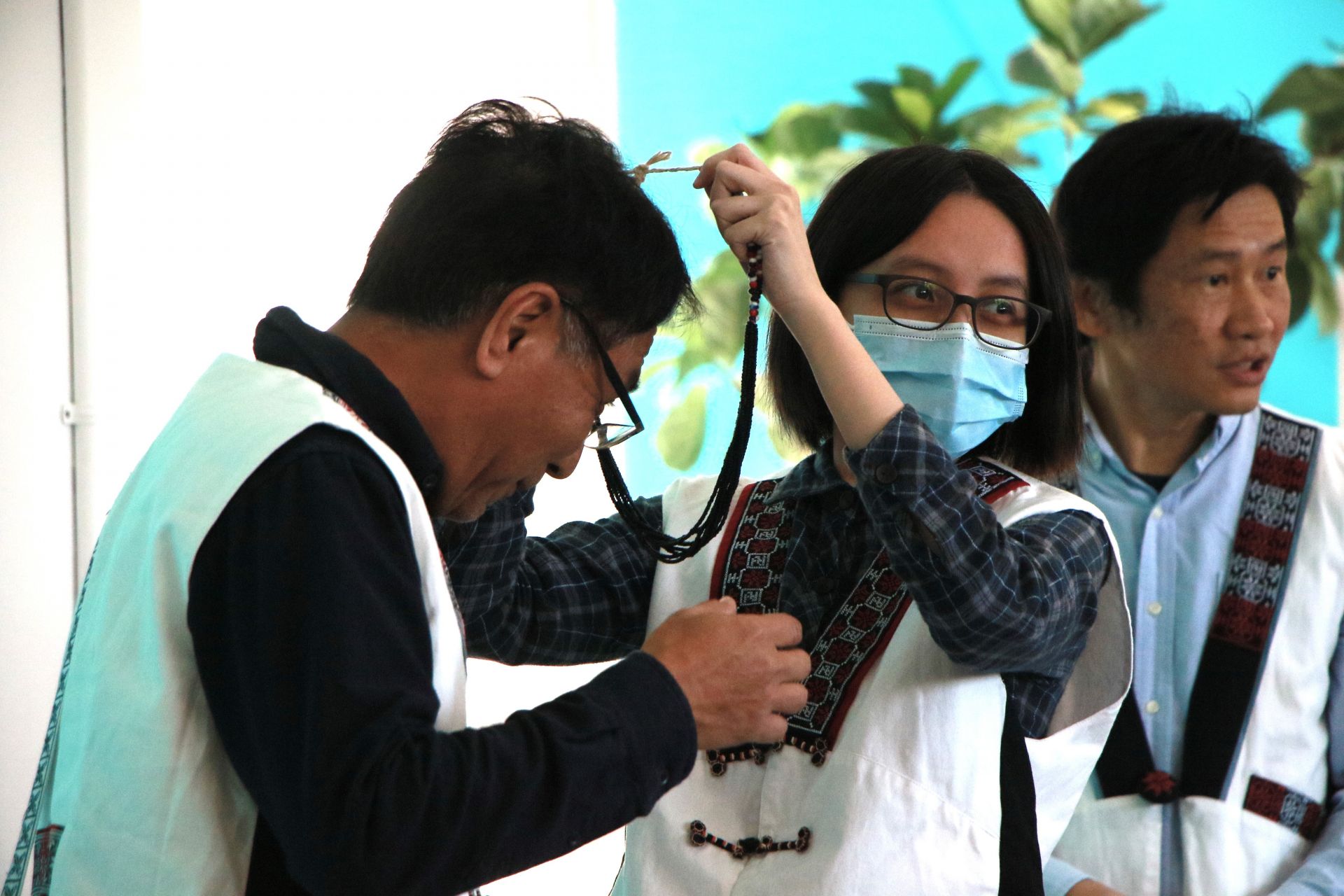
Students presented a reproduced Siraya glass necklace to Duan Hongkun (left), the convener of the Siraya Tribal Alliance
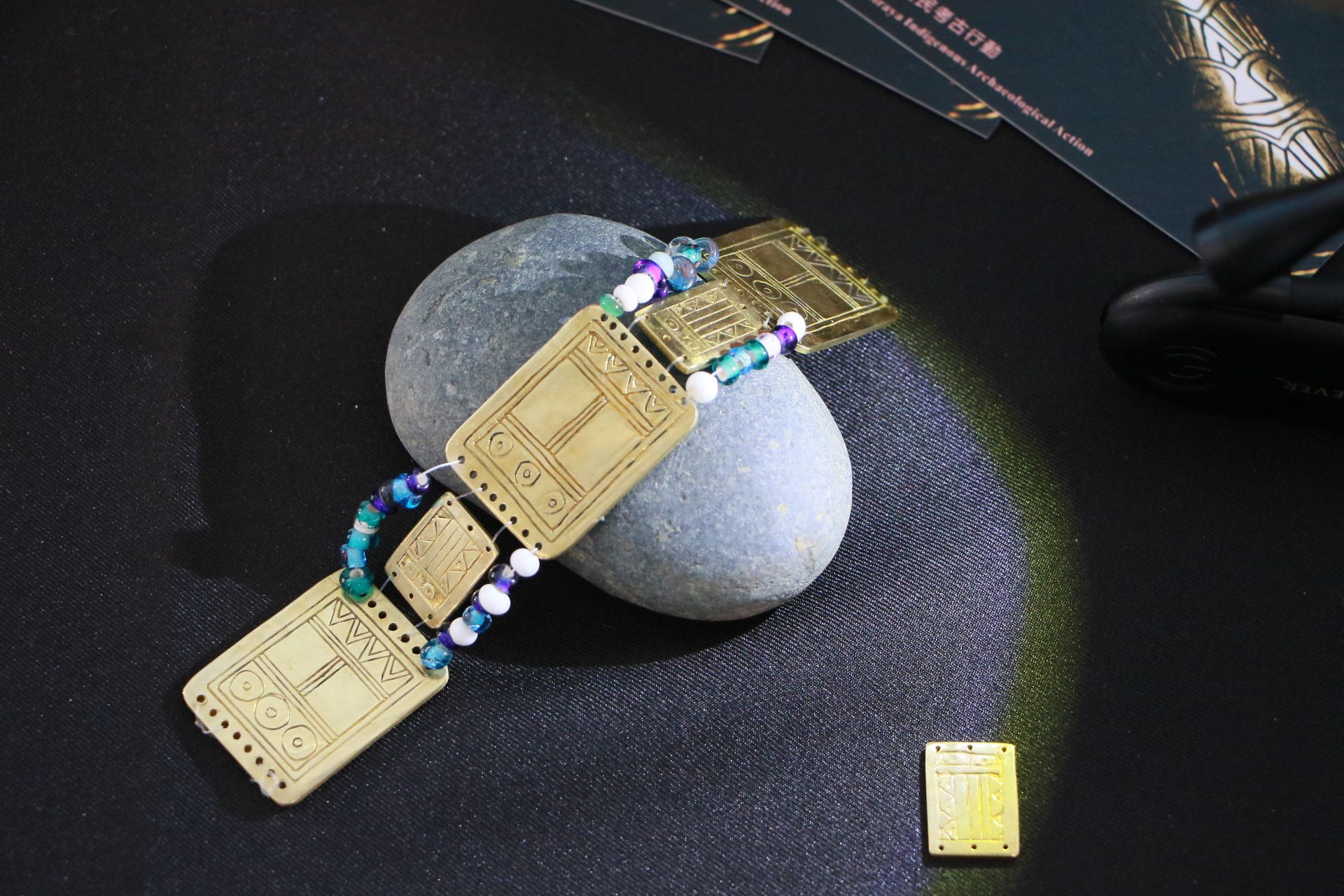
Metalwork pieces crafted based on Siraya tribal cultural elements

Various pottery ring works
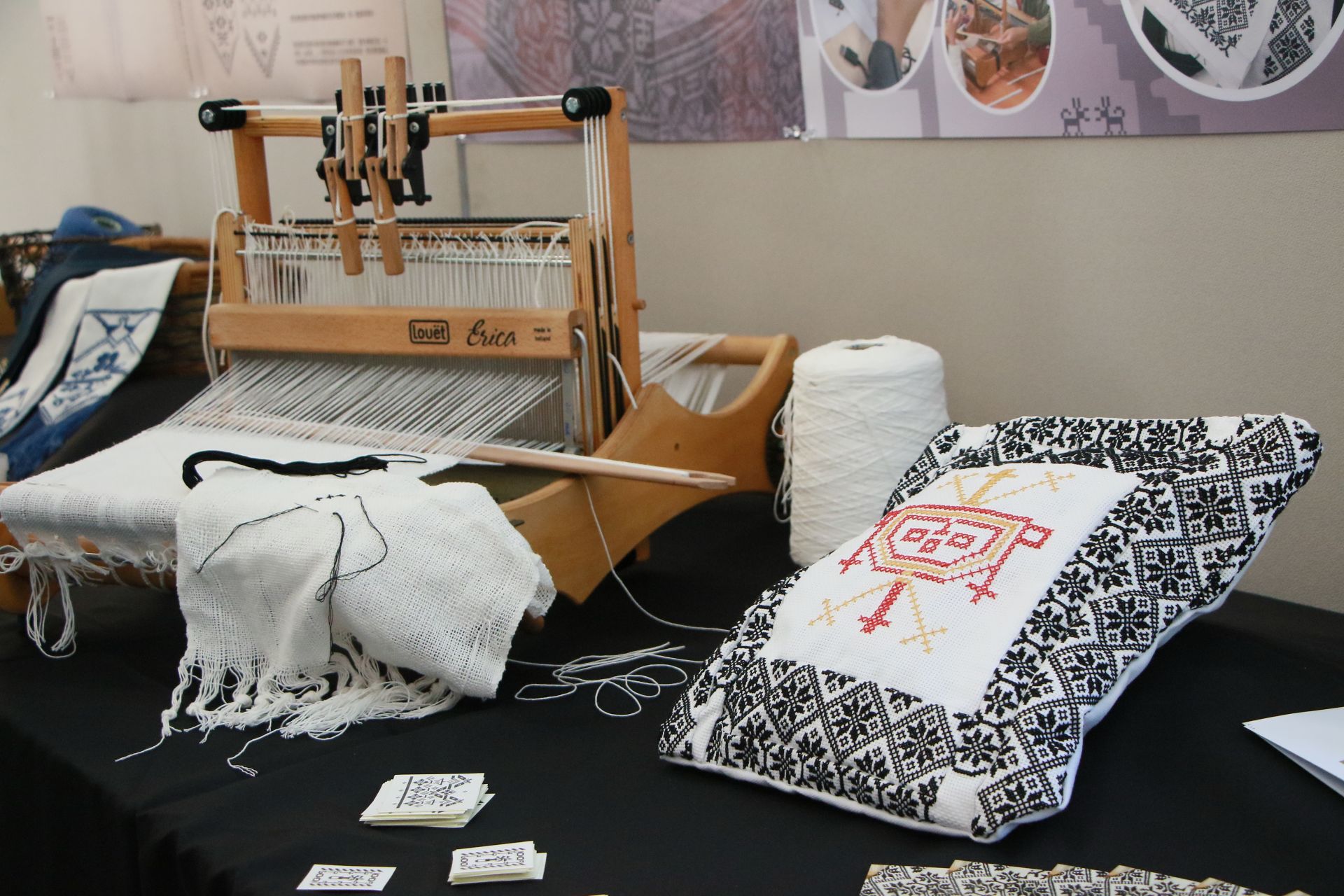
Elegant cross-stitch artworks
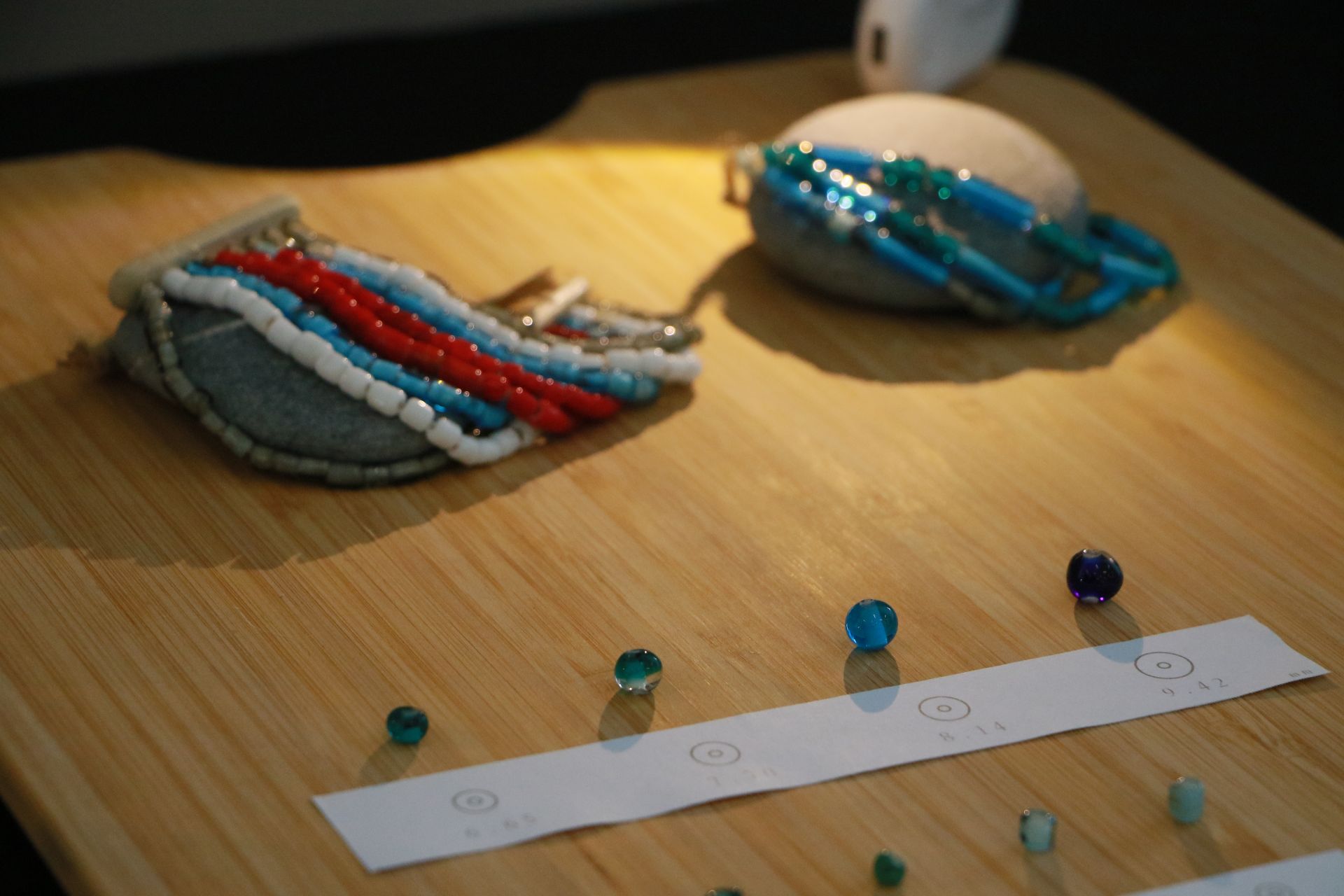
Replicated glass beads and bracelets
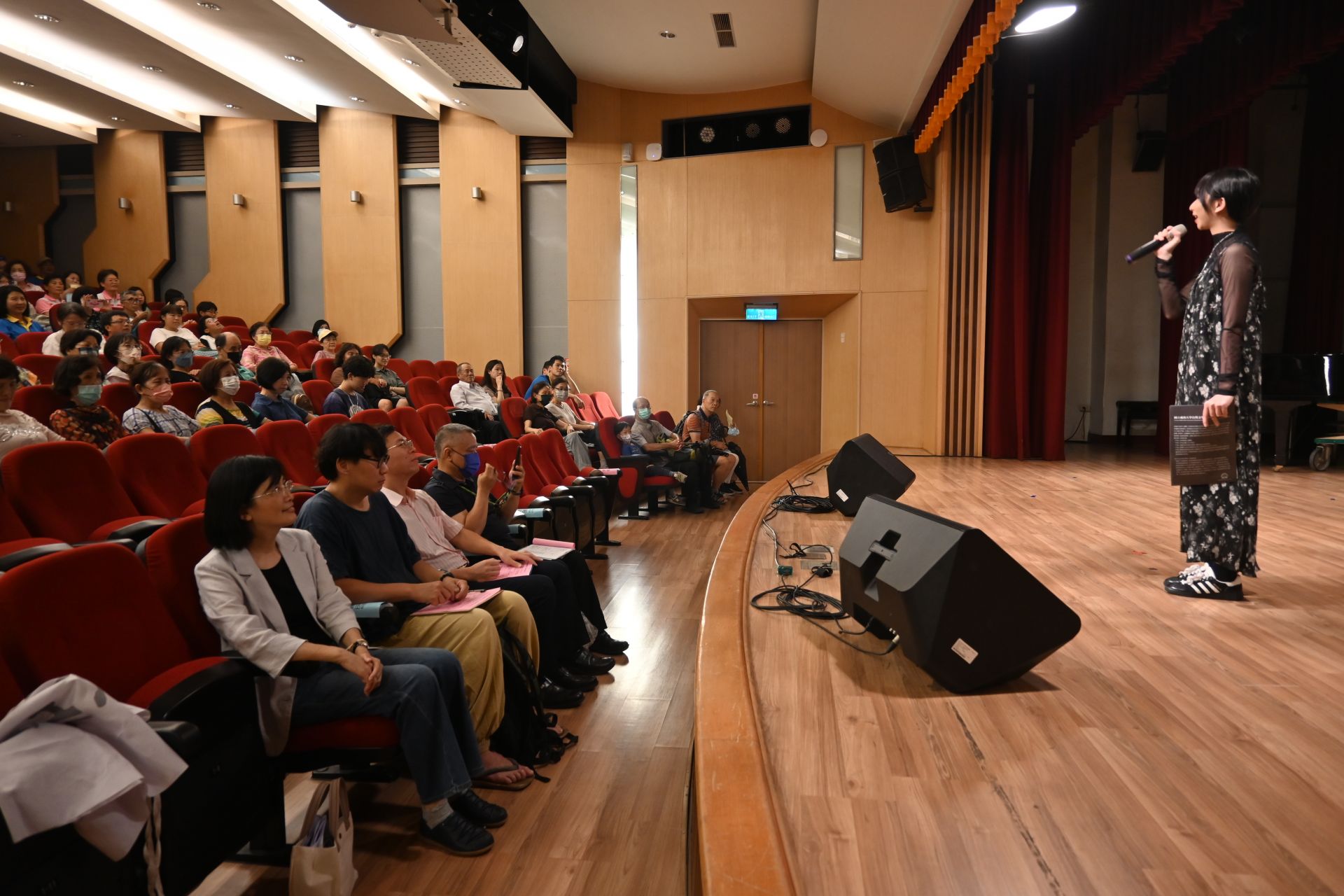
SDG11Cheng Kung People, Let's Speak Taiwanese Together: The 2nd Cheng Kung Taiwanese Variety Show Finals
View more
SDG11“Reflections on the Dimensions of Disorder” to Reinterpret the Human-Nature Coexistence Relationship
View more

